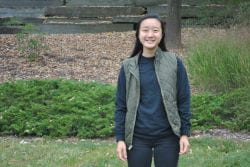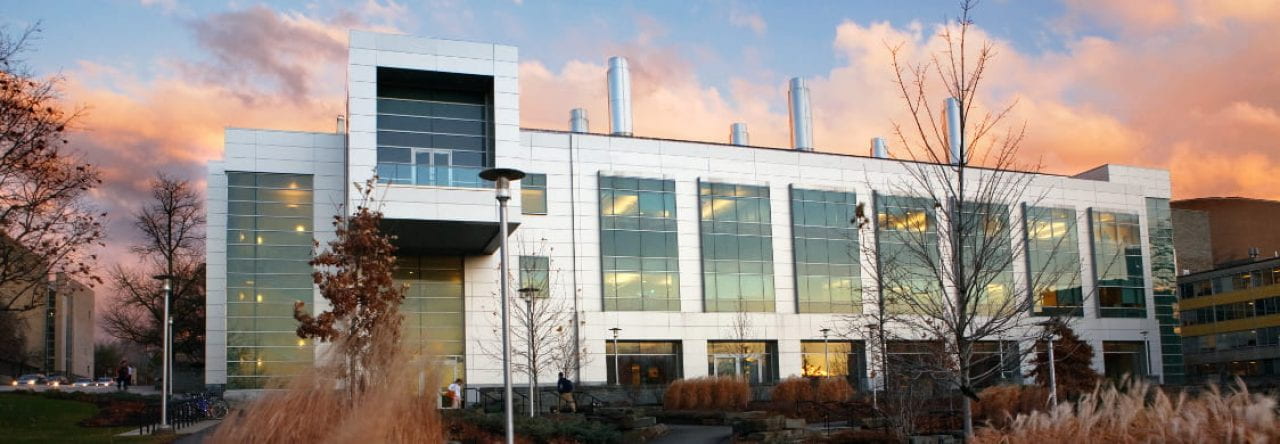Spotlight: Engineering Physics
 Kim is from Metuchen, NJ and is majoring in engineering physics. Her favorite building on campus is Snee Hall. On campus, she is also a resident advisor on North Campus and the Analysis subteam lead of Concrete Canoe, an engineering project team. She has also worked as a teaching assistant for courses on lasers and nanoscience, and she was a member of a research lab for two years.
Kim is from Metuchen, NJ and is majoring in engineering physics. Her favorite building on campus is Snee Hall. On campus, she is also a resident advisor on North Campus and the Analysis subteam lead of Concrete Canoe, an engineering project team. She has also worked as a teaching assistant for courses on lasers and nanoscience, and she was a member of a research lab for two years.
Engineering Physics is a great major for anyone who loves learning math and physics and also wants to develop a skill set to apply their classroom knowledge to real world problems. The AEP curriculum allows its students to develop a strong foundation in both math and physics while giving them the tools to pursue a multitude of post-graduation options. As an undergraduate, you’ll take upper-level courses in classical mechanics, quantum mechanics, electricity and magnetism, applied math, and thermodynamics, building on what you’ve learned in your introductory engineering courses. Additionally, senior electives range from solid state physics to computational physics, and students are encouraged to take technical courses in other departments, allowing them to explore interests such as computer science, aerospace engineering, or pure mathematics.
Outside of class, many engineering physics majors participate in research with a faculty member. Professors from both the engineering physics and the physics departments in the College of Arts and Sciences are eager to work with AEP majors, and their research areas span all fields of physics, from biophysics to condensed matter. Students have also done research in other departments entirely, working with professors in math, mechanical engineering, and biology, to name a few. Many AEP majors are also involved with engineering project teams, which offer the opportunity to work in a team setting amongst your peers and apply your knowledge to solve tangible problems.
After graduation, AEP majors go in a variety of different directions, equipped with the strong foundation that they have developed during their undergraduate coursework. Some students will go into industry, working in engineering, banking, consulting, and everything in between. Many students also go to graduate school to pursue a Master’s degree or a doctoral degree in a variety of fields; in recent years, students have gone on to do applied physics, biomedical engineering, electrical engineering, neuroscience, and computer science, to name a few. The flexibility of AEP is such that you can pursue any number of fields of study and career paths.
In short, AEP helps you to develop a broad set of skills that can then be applied to various subject areas. This is further complemented by the fact that, with the relatively small size of the major, there is ample opportunity to get to know and learn directly from professors and faculty members. Furthermore, the classes and coursework encourage collaboration among peers, such that after studying engineering physics at Cornell, I find myself leaving with not only a strong technical foundation, but also a tight-knit community of friends and mentors.
—Kim, engineering physics





